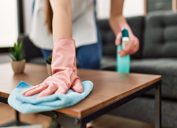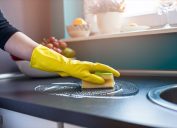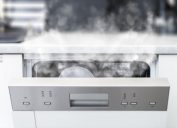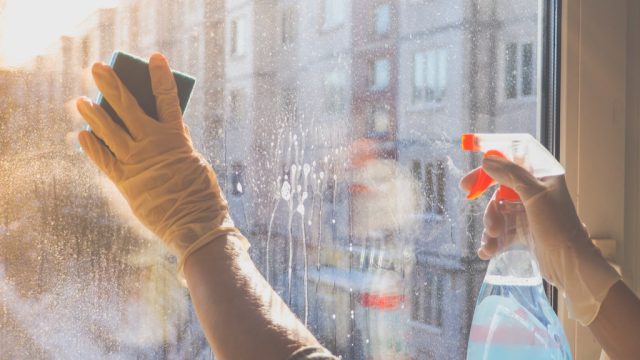
When it comes to tidying up the house, most people are all about using shortcuts in order to make the process as painless as possible. And while some tricks online are actually useful and effective, there are also some common cleaning tips floating around the internet—and passed down as old wives' tales—that, rather than expediting the process, actually make it worse.
For instance, all over Pinterest are mommy bloggers claiming that vinegar is the solution to everything, but in most cases this kitchen staple doesn't actually banish bacteria like we think it does. And for years, even experts have sworn that microwaving your sponge will keep you safe from illnesses, but recently scientists proved that this isn't the case. Herein, we've gathered some of the most common cleaning tips that you should never put into practice.
1
Clean a coffeemaker with bleach.

Don't listen to your friends or family members if they ever suggest using bleach to clean your coffeemaker. This cleaning product is unsafe for consumption—it will literally burn your insides—and if you don't get it all out, you run the risk of accidentally ingesting some. If you want to clean your coffeemaker (which you should do at least once a month, by the way), just run some white vinegar through the brew cycle followed by several cycles of hot water to clear out any leftover vinegar.
2
Spray window cleaner on your computer.
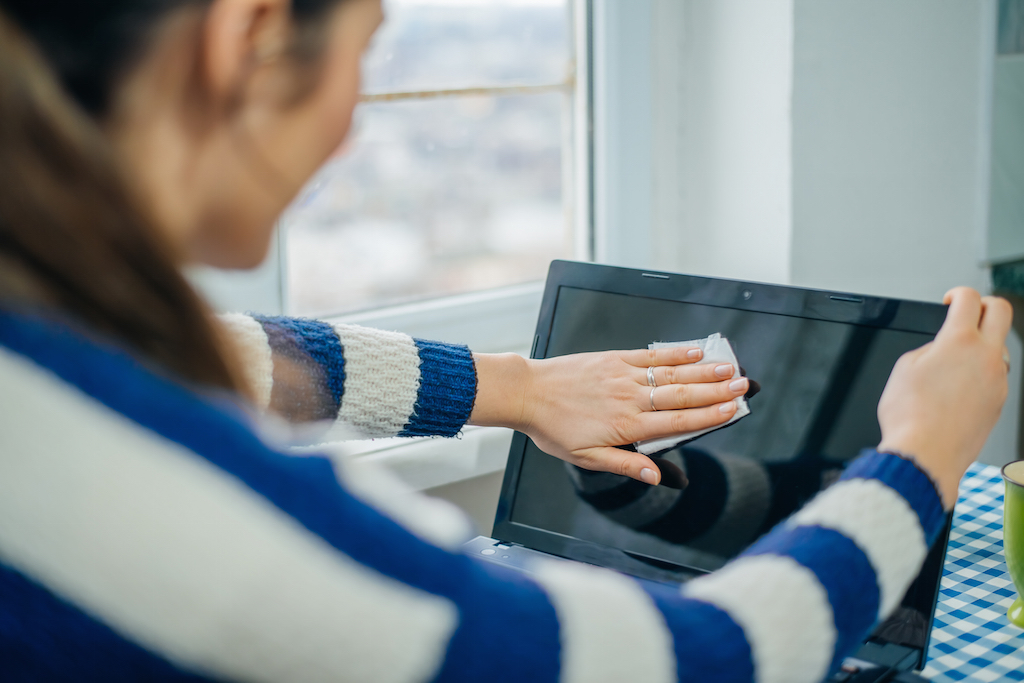
The harsh chemicals in window cleaners might be fine on window panes, but, over time, you'll find that using them on your computer will yellow, fog, and crack the screen. According to WIRED, the best way to clean a computer screen is either with a cloth dampened with just water or with a solution of 50 percent vinegar (the acidity tears through dirt without damaging the screen) and 50 percent water (dilutes the mixture so it doesn't smell so strong).
3
Use a combo of olive oil and lemon juice to polish wooden furniture.

Pinterest fanatics often pass around this DIY tip, but you can't trust everything you read on the internet. As Carolyn Forte, director of the Good Housekeeping Institute Cleaning Lab, explained, olive oil leaves behind a sticky residue that traps dust and debris, giving you more to clean in the long run.
4
Use tea to clean wooden furniture.
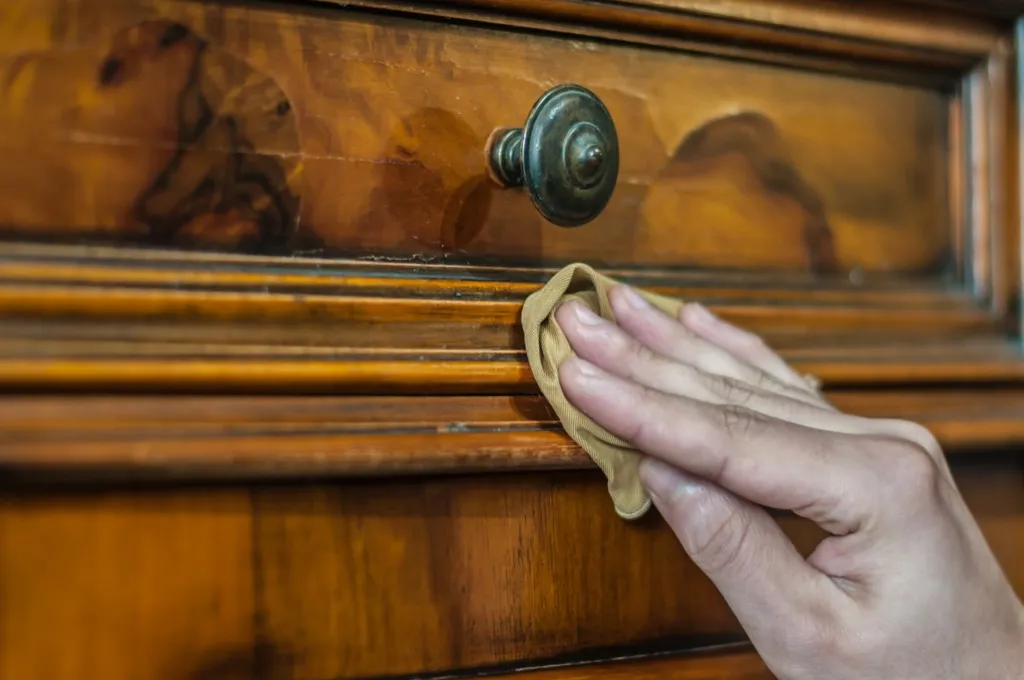
The only thing you should be doing with a freshly brewed pot of Earl Grey is drinking it. Some people might tell you that you can also use the warm beverage to clean your wooden furniture, but doing so will actually just damage it, seeing as water tends to leave stains on wood.
5
Wash sponges in the microwave.

Many reputable sources—including the United States Department of Agriculture—recommend microwaving your kitchen sponge in order to kill the bacteria that lives on it, but one study published in Nature found that simply microwaving it isn't enough. Ultimately, the study found that a sponge that has been microwaved still houses RG2-related bacteria—the bacteria that can cause food-related illnesses—and the researchers recommend instead replacing your sponge every week or so to stay healthy.
6
Pour white wine on a red wine stain.
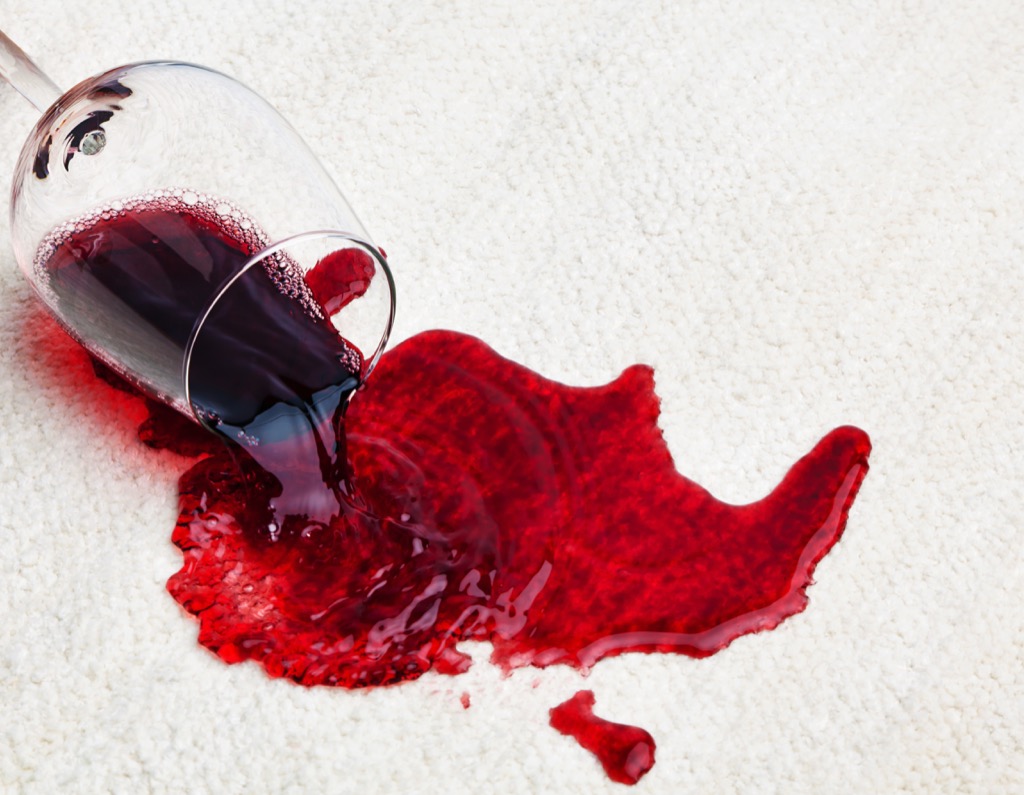
Somehow it has come to be commonly believed that a red wine stain can be easily removed with a bit of white wine, but this is not the case. Using white wine to treat a stain will leave granules of sugar behind, which will eventually caramelize to create more stains. However, there is an alcohol out there that will remove a red wine stain—it's just not the drinking kind.
7
Soak clothes in salt water to keep their color.
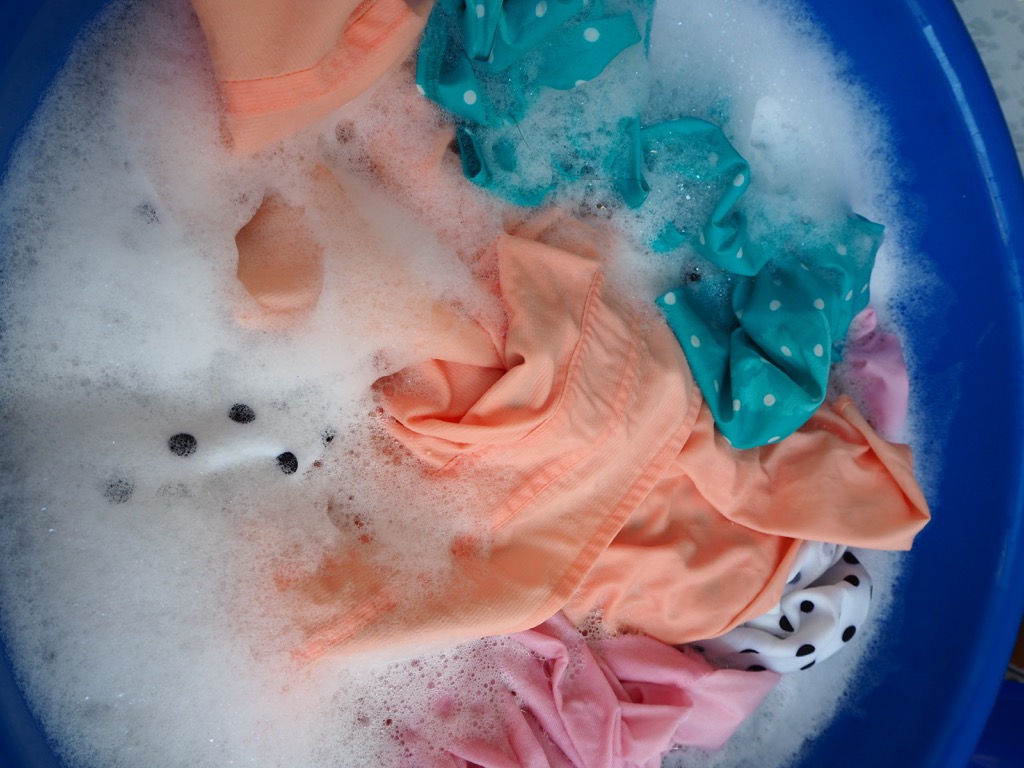
This common cleaning tip is nothing more than an old wives' tale that just won't quit. But while some old wives' tales are just silly, this one is potentially hazardous, seeing as soaking your clothes in salt could cause your articles of clothing to leak dye onto each other.
8
Use hairspray to rid of ink stains.
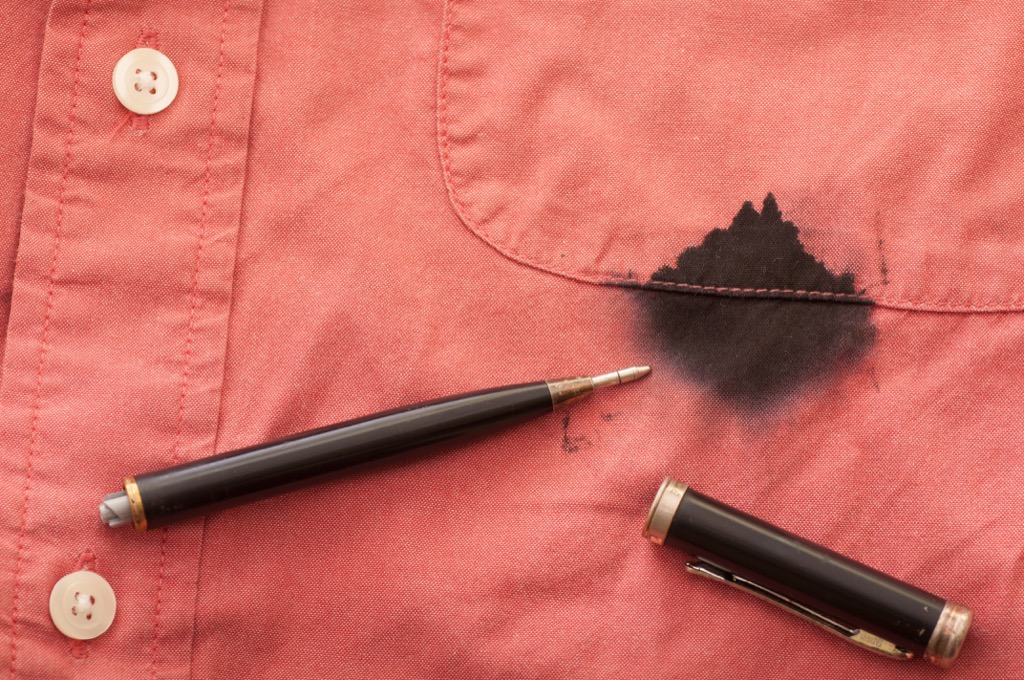
Once upon a time, back when hairsprays were composed primarily of alcohol, this cleaning tip actually worked, hence its staying power. However, today's hairsprays are either low in alcohol or entirely alcohol-free, making this common cleaning tip a bad one.
9
Add extra detergent for cleaner laundry.
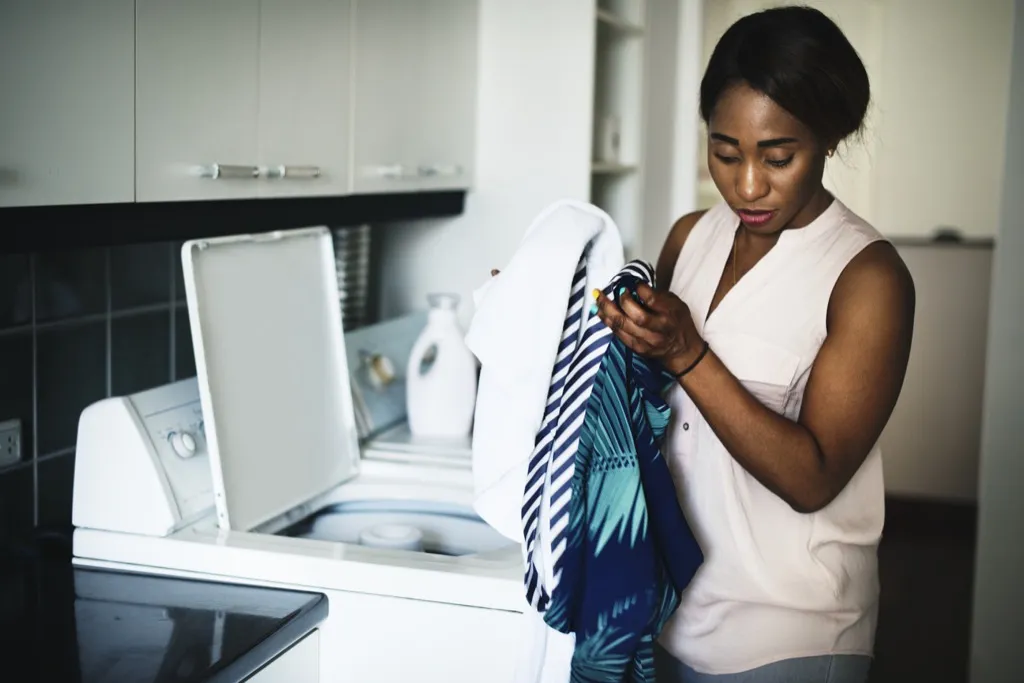
Instead of making your laundry cleaner, adding extra detergent to your load of laundry is going to leave residue on your clothes, wash the color out of your clothes, and give your washer an unpleasant odor.
10
Make your bed every morning to keep the house presentable.

Though most obsessively organized people make their bed every morning (and will judge you for not doing so), what they probably don't realize is that doing this right after waking up traps millions of dust mites in and keeps them safe from the sunlight and open air that would kill them.
11
Scrub a carpet stain to remove it.

Many people seem to be under the impression that the best way to remove a stain from a rug or carpet is by scrubbing it aggressively, but on the contrary, all this will do is further soak the stain into the carpet and make it harder to remove. If you spill something on your carpet, what you should do is blot away as much of the stain as possible, rinse it with clean water, blot it some more, and then treat it with solution specific to the type of stain.
12
Use a dryer sheet to clean dust off of furniture.

Repurposing a used dryer sheet as a duster is actually not a bad idea, but a new dryer sheet is another story. Fresh sheets are coated with softener that normally would transfer to your clothes as they dry—so if you use these new dryer sheets to dust off your furniture,
13
Clean your cabinets every time you tidy up.

"Cleaning [your cabinets] too often can wear the finish down and cause them to swell, as moisture penetrates the surface, Matthew Ricketts, president of professional housecleaning service Better Life Maids, explained to Better Homes and Gardens. According to the expert, the safer thing to do is spot clean whenever there's a stain or spill—not to mention that this is also easier and more efficient!
14
Use newspaper to wipe down your windows.

Upcycling your newspaper into a cloth to wipe away window cleaner might seem like an eco-friendly and cheap idea, but it also has the potential to harm your windows. Not only is the texture of the paper harsh, but the ink could potentially rub off of onto your window trims and sills, staining them permanently.
15
Run coffee grounds through the garbage disposal to rid of foul odors.
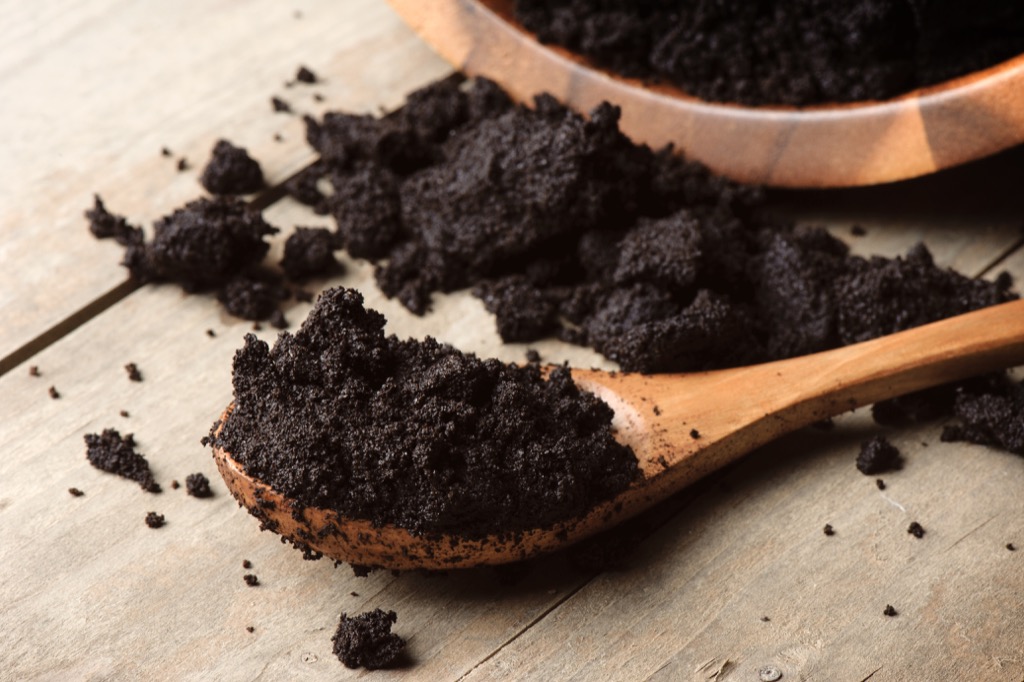
With all the detritus that passes through it, it's no surprise that the garbage disposal has a tendency to amass a foul odor after several uses. And while many people will use coffee grounds to purify their disposal, these can potentially clog it up if they aren't flushed down with adequate amounts of water. If you want to give your garbage disposal a pleasant smell, use a cleaning product specifically made for the garbage disposal, like Plink Garbage Disposal Cleaner ($4).
16
Vinegar will clean anything.
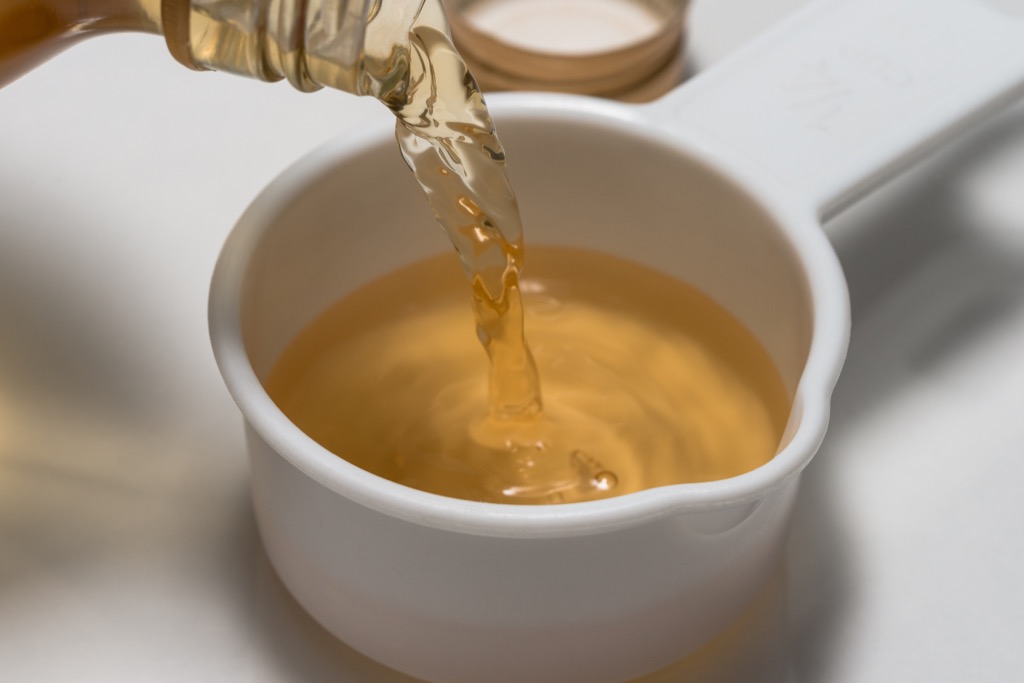
"Vinegar is an acid so it can cut through dirt and can kill bacteria, but only if you use it at full or nearly full strength," Derek Christian, owner of home-cleaning service My Maid Service, explained to Consumer Reports. "Most people [only] put a capful in a bucket of water, and that doesn't do much."
17
Handwashing dishes is better than using the dishwasher.

There are several reasons as to why this isn't the case. Not only is using the dishwasher more environmentally friendly, more cost effective, and less time-consuming, but it's also better at killing bacteria thanks to the water's temperature.
18
Use Coca-Cola to clean a toilet bowl.
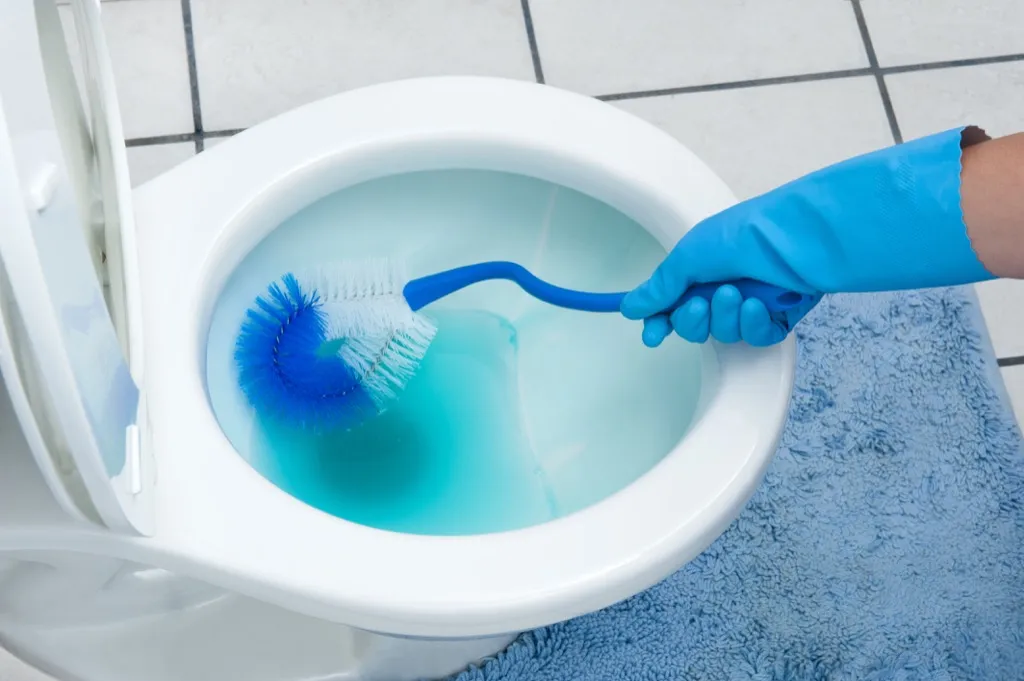
When you're cleaning your toilet bowl, it's best to stick to products that are actually designed to do the job and leave the Coca-Cola in the kitchen. Though many claim that the soft drink can cut through stains, it can actually have the opposite effect and potentially darken them, with the sugar in the drink creating a breeding ground for bacteria.
19
Cleaning solutions should be wiped away instantly.
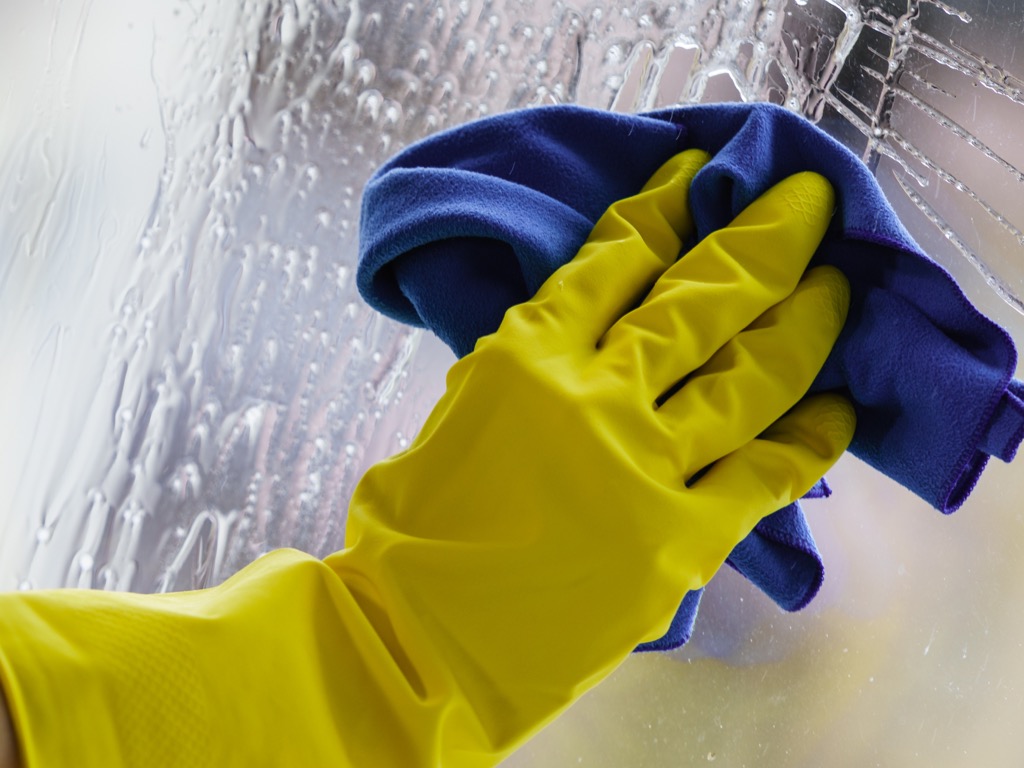
When it comes to cleaning, most people are all about getting things done as quickly as possible. However, if you don't let your cleaning solutions sit for at least a few minutes, then they won't have time to effectively set in and kill bacteria, making your entire day of cleaning essentially for naught. If you aren't sure how much time your solution needs, just refer to the instructions on the bottle.
20
Throw a lemon in the dishwasher for extra clean dishes.
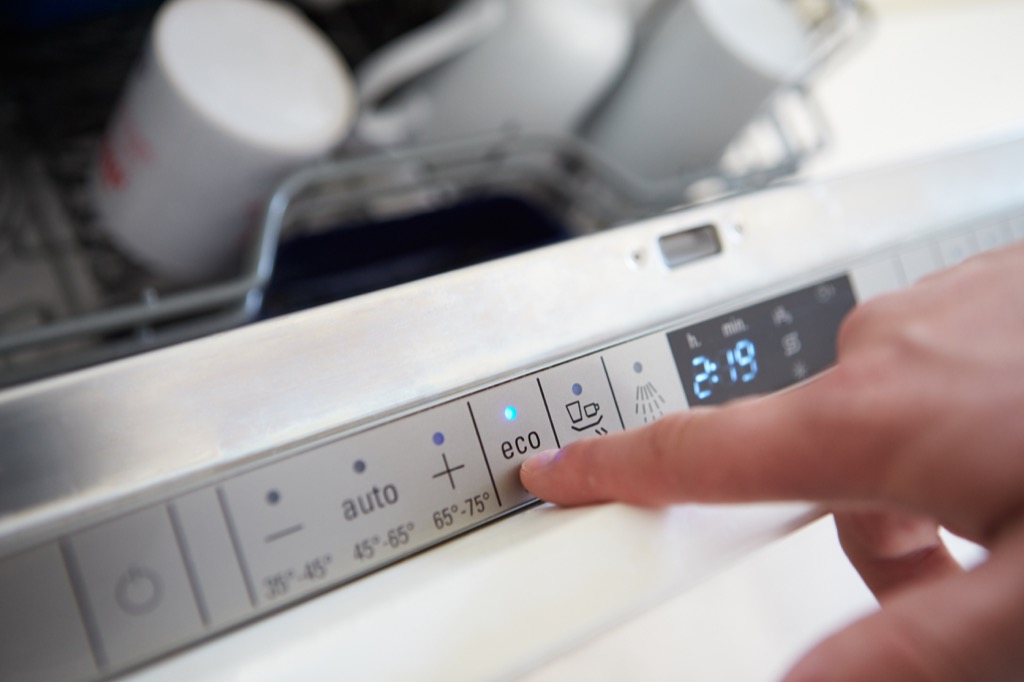
Some websites claim that throwing a lemon in with your dishes will somehow make them sparkly, but this isn't the case. Yes, the citric acid in lemons does work in some areas of cleaning, but there just isn't enough of the substance in a lemon wedge to have an effect on a fully loaded dishwasher—so all you'll be doing here is wasting a perfectly good lemon.

